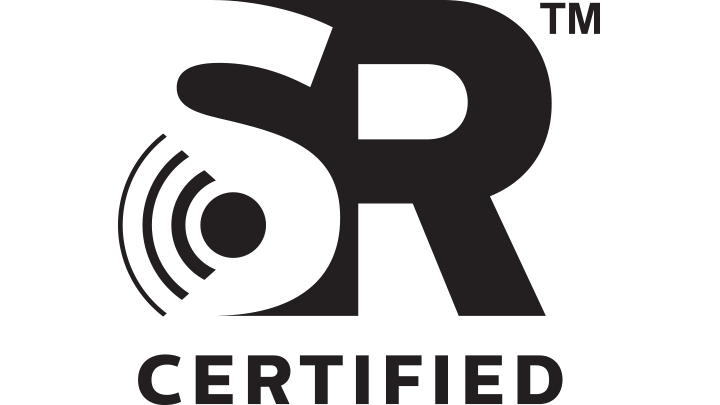Lighting automation brings amazing benefits to schools, offices, healthcare – everything from cost savings, greater comfort and even productivity gains. There’s no doubt it’s the future for commercial lighting. But there’s a barrier to mass adoption. Right now, connected lighting products aren’t interoperable because we haven’t standardized wireless connectivity. The search is on for a mainstream use case that will show the way to a wireless communication standard for lighting that works for everyone – most of all, for our customers. At Signify we think we’ve found one.
The customer view
Customers want lighting systems that are future-proof – they don't want to worry about being locked into lighting that could become expensive to maintain, outdated or even obsolete over time. They like plug-and-play solutions. They prefer non-proprietary technology. And they gravitate to widely-accepted standards that ensure compatibility with other products and systems. That way, they hope to take advantage of new capabilities as they emerge – without needing to rip and replace or fund expensive upgrades.
Giving customers what they want
As an industry, we’ve already made big steps toward answering customer demand for future-proof connected lighting. We started inside the luminaire with the Sensor Ready (SR) standard. It’s been a big success, providing an industry-wide foundation for adding sensing, measurement, connectivity and additional intelligence to lighting networks. But we’re only part of the way there. To make connected lighting the industry juggernaut that we know it can be, we also need to standardize wireless connectivity outside the luminaire. Or, more accurately, between luminaires.
What’s the challenge?
To achieve interoperability, we need to unite important functionality. First, we must provide local control at a fixture, room or building level, which enables individual lighting fixtures to be installed and controlled easily. Second, we must provide remote control of larger open plan lighting systems via the internet. The first functionality can already be achieved using switches and sensors connected to SR fixtures via Bluetooth Low Energy (BLE) technology. The second requires a BLE local connection and a mesh network.
The race is on for an industry mesh standard with many companies promoting their own mesh protocols. And while we’re well advanced toward an acceptable solution, there’s a sticking point: in this model a hub, or gateway, is needed to provide internet access. Because hubs work with only some lighting products, this risks locking building owners into single vendor solutions. And just like that, we’re back to square one: lighting that isn’t interoperable.
Hunting for a use case
At Signify, we believe standardizing wireless connectivity is essential to make lighting controls more attractive to our customers. We also believe the only way the industry will move forward is to come up with a use case that shows a viable mainstream approach. So we’ve spent a lot of time looking at this challenge from different angles and testing use cases. And the great news is that we’ve found one. It’s simple, scalable and standardized. We think it has potential to work for the industry and our customers. And we’re keen for the industry to probe our thinking.
In an ideal world…
For connected lighting to take off, customers need to know that every lighting manufacturer’s products can communicate as equals within any connected lighting system using the same standardized wireless protocol. There’s no vendor lockin – they can swap from one manufacturer to another, confident that their lighting installation will still work. Installers can create highly customized solutions using different products – the ones most suited to customer needs. We think all this is possible with the simple use case we’ve been working on.




